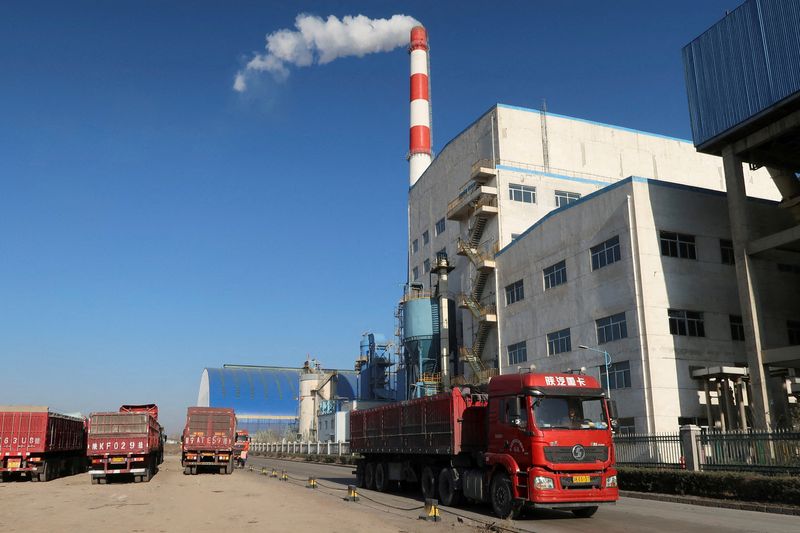By Jamie McGeever
(Reuters) - A look at the day ahead in Asian markets.
China's latest purchasing managers index figures dominate the market agenda in Asia on Friday, offering investors the first glimpse into how the troubled economy fared in February as they await next week's National People's Congress.
The new month kicks off with markets across the region and beyond in fairly buoyant mood after in-line U.S. inflation figures on Thursday extended the global equity rally and pushed U.S. Treasury yields lower.
Some recent inflation readings had come in above forecast, but not this one. The S&P 500, Nasdaq and MSCI World indexes climbed back up toward their recent all-time highs, with the MSCI World sealing a fourth monthly rise, its best run since mid-2021.
Asian markets take the baton on Friday, the first trading day of the month, after the MSCI Asia ex-Japan rose 4% and Japan's Nikkei hit all-time highs in February.
Some froth has understandably come off these moves in recent days, especially in Japan, after a central bank official said inflation was heading toward the bank's 2% target, paving the way to leave behind negative rates and yield caps.
The yen, for example, on Thursday registered one of its strongest rallies this year, pushing the dollar below 150.00 yen and further from its recent historic lows and territory Japanese officials might intervene to prevent further weakness.
Figures on Friday are expected to show that unemployment in Japan held steady at 2.4% in January, while PMI data are likely to show yet another month of shrinking manufacturing activity.
It is a similar story in China, where the official NBS manufacturing PMI is also expected to show another month of contracting activity also. The unofficial Caixin PMI, however, has been more upbeat and is expected to show a fourth month of expansion in manufacturing.
Chinese stocks ended the month with a bang on Thursday - the CSI 300 and the Shanghai Composite both jumped nearly 2% to register monthly gains of 9.4% and 8%, respectively, their best months since November 2022.
Of course, they were rebounding from five-year lows and lifted by a series of measures and new rules from Beijing to revive investor confidence and put a floor under the market.
Among the latest moves, China's securities regulator said it will tighten scrutiny of derivative businesses in the stock market and announced punishment of a hedge fund company for excessive, high-frequency trading in share index futures.
Many investors, however, will want to see more aggressive and fundamental policies put in place to support longer-term economic growth and returns before deciding that China is an 'investible' destination again.
All eyes will turn to next week's NPC, where Beijing will set the annual growth target and - crucially - a plan for achieving it.
Here are key developments that could provide more direction to markets on Friday:
- China PMIs (February)

- Australia, India, Taiwan manufacturing PMIs (February)
- Japan unemployment (January)
(By Jamie McGeever; editing by Josie Kao)